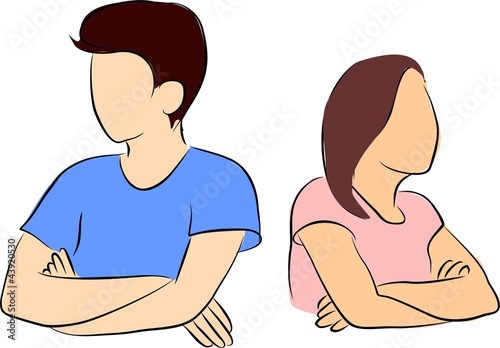It should come as no surprise to you when I say, "Hey, I want to own a Canon 70-200mm F/2.8 Lens". I mean, who wouldn't want to own it? Right? Anyone who uses Canon system, and loves photography wants to own that lens. It is perhaps the best lens that Canon has ever made. And, like every other 'awesome' thing that you want to own, it comes with a big price tag. Most of us, who are doing photography as a hobby have hard time justifying that cost and buying that lens. But we are who we are. We still go through all the photography websites and look up the most recent price of that lens (may be every other day).
So one day I was browsing through internet as usual going through some photography articles, and I came across an article "50 affordable gift for photographers under $50". The title seemed interesting enough, so I started reading the article and there was one item that made me say "Yup. I want this!". It was the Canon 70-200mm F/2.8 Lens Mug. I said to myself, "If not the lens, I should at least have a mug!".
I decided to buy a mug. I thought buying a 'mug' shouldn't be difficult, but when I started looking for it, I was faced with 100s of options of various quality and price. It took about 6-8 hours of research and googling before I decided to go with "PhotoJojo" to order these mugs.
In this post, I wanted to go through some of the options that I found over the internet and why ordering from PhotoJojo made sense to me.
There are basically 3 types of Canon (or Nikon) mugs that you can get.
- Canon branded
- Canium or other names branded.
- Unbranded
The Canon branded lens mugs are not available in US directly. I tried to look it up on the popular US websites and they did not have the mugs with "Canon" written on them. If you are looking to have mugs with "Canon" written on them then the best place to order them would be from eBay. There are sellers from Japan/China/Hong Kong who will ship these to USA. It takes longer for your shipping to arrive, but you would get a mug that you would like.
Canium or other branded mugs are also great, but my problem was that it had "Canium" or something else other than Canon written on it, which kind of kills the mug completely. No offense to the mug makers, but my idea was if you want to buy a mug that looks like lens, it should "look" like a lens. Canium or something else written on it just kills that 'look'.
So therefore I ultimately decided to go for an unbranded lens mug. Those that are sold by USA sellers. PhotoJojo is a popular name in USA and a reliable place to buy, so I decided to buy the mug from them. I was a bit skeptical at first about how the mug would 'look' or 'feel' as compared to the real lens. But I was so pleasantly surprised when I received the mug. It looked just like the real lens. The feel was sturdy, the looks were awesome. I even almost zoomed it ! The only problem with PhotoJojo's 70-200 f/2.8 mug is that it does not come with a sipper lid. It comes with a standard lid. But if you are ordering a 24-105mm f/4, it shouldn't be a problem because that one comes with a sipper lid.
At the end, I would like to show you a few pictures of the mugs.


















.jpg)
.jpg)



































